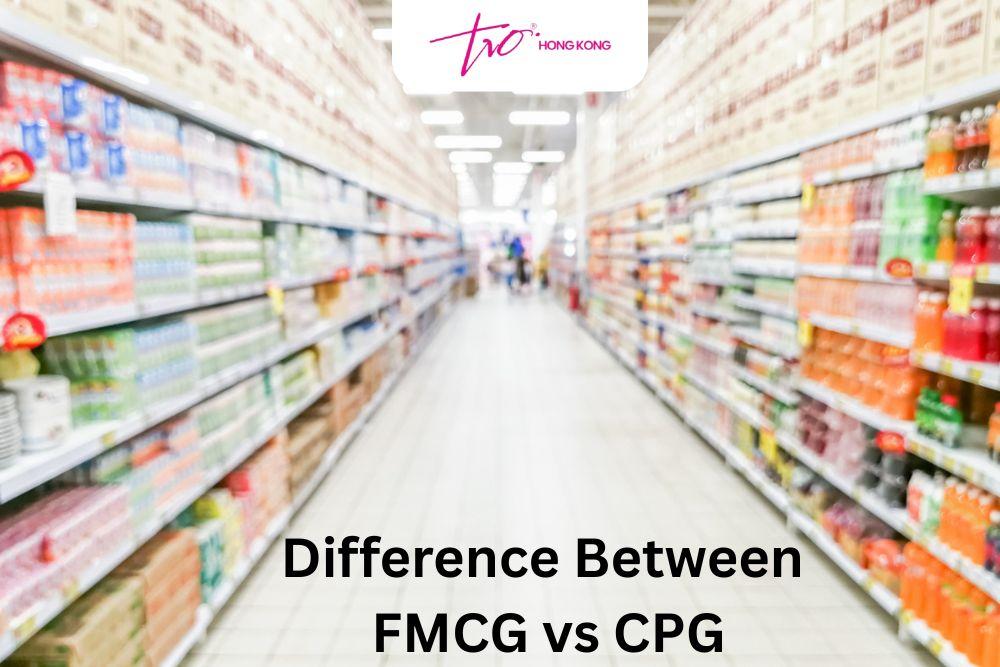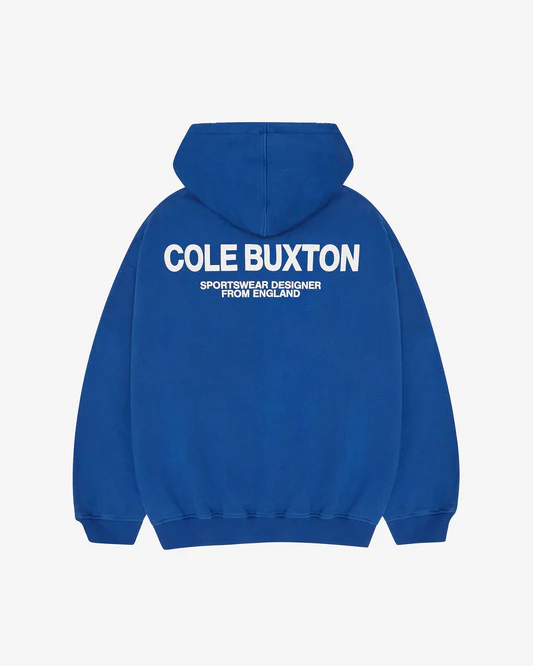Difference Between FMCG vs CPG

Today, both FMCG and CPG products are commonly seen in the market. Even your local stores are likely to stock one or more of these products. However, understanding the difference between FMCG and CPG is essential if you work with consumer-focused industries. Because most people think both are the same. This post is about telling the difference between FMCG and CPG. Let’s get started!
What is FMCG?
FMCG, or fast-moving consumer goods, are a part of CPG. These products include those that have high demand in the market and are frequently sold because of their essential role in daily life. FMCG products also have low shelf lives; that makes people use them as soon as possible, within hours, days, or months.
The product categories that come under FMCG are food, beverages, toiletries, hygiene, and common medicines. There are many brands that are known as FMCG brands, like Nestlé, PepsiCo, Unilever, P&G, and Coca Cola. These products can be easily found in local shops, supermarkets, online shops, and other stores. Small and large wholesalers contact FMCG distributors to get these products in bulk.
What is CPG?
CPG stands for Consumer Packaged Goods, which is a large category of products that you commonly use at a low cost and run out quickly. However, many other products in this category can be more expensive and have a longer shelf life. CPGs include product categories such as beverages, foods, personal care, household products, and over-the-counter drugs.
All FMCG products are CPG, while not all CPGs are FMCG. Some products, such as snacks, soft drinks, toiletries, milk and bread, sell out quickly. While other products in CPG category, such as detergent, cooking oil, canned food and cleaning supplies, are durable and are purchased less frequently. That makes CPGs a unique and big category of products from FMCG.
Difference Between FMCG and CPG
Today, there are many differences between FMCG and CPG. However, the introduction of both must provide you with a bit of clarity about how FMCG and CPG differ from each other. Basically, CPG is a broad category of products, and FMCG is a segment within it that includes fast-selling everyday items. Now, let’s differentiate FMCG and CPG based on their main aspects. You can understand this by exploring the following factors.
Scope
FMCG, or Fast Moving Consumer Goods, is a subcategory of CPG. It mainly focuses on those products that are high in demand and have a low shelf life. FMCG products are basically cost-effective and are quickly sold in the market. Their importance makes people purchase them daily, even twice a day. For example, you can purchase milk multiple times a day.
CPG is a broader category of products that covers FMCG products as well. But the fact is that its range goes beyond FMCG and covers other products, including both durable and non-durable goods. The examples of CPG products include detergents, dishwashing liquids, cooking oil, spices, flours, and others.
Sales Velocity
Some of the FMCG products, especially snacks and beverages, are favorites of people of all ages. For example, kids really like eating chocolates, while adults consume beverages like tea, energy drinks, soft drinks, etc. Their diverse taste, flavours, and unique marketing strategies attract people around the world to consume these products rapidly.
On the other hand, talking about CPG, they have varied sales velocity. Some products are very frequently purchased, like the products in the FMCG categories such as cosmetics, skincare products, hair care products, oral care products, and personal care products. While others, like detergents or canned goods, move slower because customers purchase them less often.
Price Point
FMCG products are very cheap. Their low price helps people to buy one or several products at the same time. These products are available to a wide range of consumers and meet everyone's specific demands. Their low cost price helps small and large wholesalers to get these products in bulk from the best FMCG company and get huge discounts.
CPG, however, includes both low-cost FMCG and higher-priced goods. For example, electric products like a mobile phone are part of CPG and can be expensive. Even durable household products cost much more than FMCGs. Hence, the price range for CPG is much broader than FMCG.
Marketing Focus
FMCG companies focus on mass production of FMCG products. They produce the product on a large scale and ensure proper branding of the product to increase their visibility. This helps people to buy products frequently and without thinking. People can get discounts and can also buy products in bulk from FMCG distributors.
CPG companies focus on the marketing based on the specific type of the product. Because some product categories may not require strong marketing while others do. For example, durable CPGs require trust-building and long-term engagement that is why they give less focus on the marketing. Their quality, durability, and long-term matter a lot.
Last Words
Both FMCG and CPG products are the backbone of our life. We need these products to make our minor to major things stay smooth and efficient without any problem. Both of them provide us with many benefits like nutrition, better health, convenience and proper hygiene. However, we also understand that FMCG and CPG are both different from each other. CPG is like a broader category where FMCG is its subcategory. Connecting with the best FMCG distributor allows you to order these products in bulk and ensure proper transportation, better quality, and security of the products.







